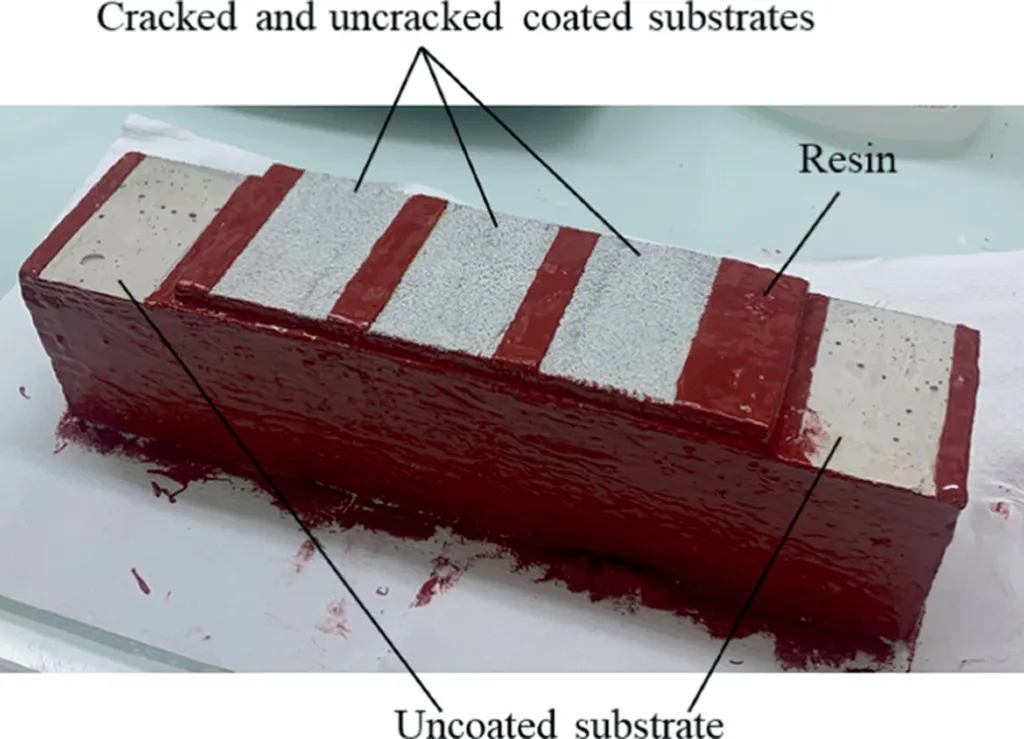In the relentless battle against biodeterioration, researchers have long sought durable solutions to protect the concrete structures that underpin our wastewater treatment plants. These facilities, vital for public health and environmental sustainability, face constant assault from aggressive chemical and biological conditions. Now, a groundbreaking study led by Reem Hoballah of the Université de Toulouse, published in the RILEM Technical Letters (Technical Letters of the International Union of Laboratories and Experts in Construction Materials, Systems and Structures), sheds new light on the resilience of calcium aluminate cement (CAC)-based coatings, even in the presence of cracks.
The study, titled “Preservation of the protective function of calcium aluminate-based coating against biodeterioration in presence of cracks,” investigates the durability of CAC coatings under realistic conditions. Hoballah and her team subjected both cracked and uncracked coated specimens, as well as uncoated references, to the BAC test—a biological laboratory test that simulates the harsh environment of a sewer system. The results were striking. “The protective function of the CAC-based coating was not altered by the effect of the cracks,” Hoballah explains, highlighting the coating’s robust performance even when cracks were present.
The implications for the energy and wastewater sectors are profound. Wastewater treatment plants are critical infrastructure, and their longevity directly impacts operational costs and environmental safety. The findings suggest that CAC-based coatings could offer a reliable, long-term solution for protecting concrete structures, reducing maintenance costs, and extending the lifespan of these facilities. “This research could revolutionize how we approach the protection of concrete in aggressive environments,” Hoballah adds, underscoring the potential commercial impact of the study.
The study also revealed the formation of a new phase near the surface of the coated specimens, composed mainly of calcium, sulfur, and aluminum. This phase, likely a mix of AH3 and ettringite, could act as a physical barrier, further enhancing the coating’s protective properties. The discovery opens new avenues for research into the mechanisms behind the coating’s durability and its potential applications in other industries.
As the energy sector continues to grapple with the challenges of maintaining infrastructure in harsh environments, innovations like CAC-based coatings could play a pivotal role. The research not only advances our understanding of biodeterioration but also paves the way for more resilient and cost-effective solutions. With the findings published in the RILEM Technical Letters, the scientific community now has a robust framework to build upon, potentially shaping the future of construction materials and techniques in the energy sector.

